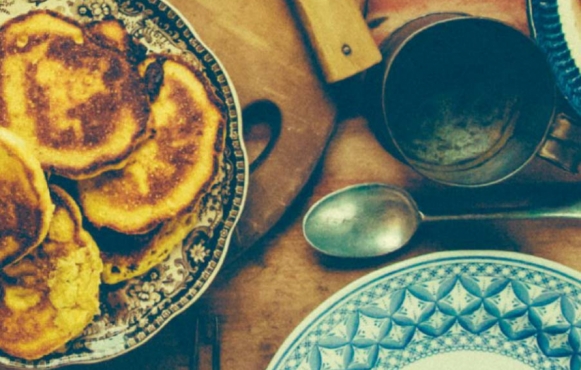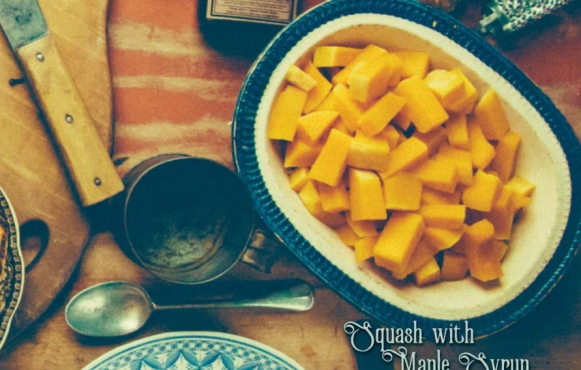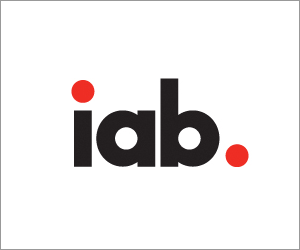Spring Suppers from the 19th Century: Squash, Corn and Hogs

Squash, corn and hog, the staples of the diet of early European settlers to Indiana, didn’t all come west as the settlers did.
The non-native travelers to the future state of Indiana would have found squash and corn in abundance in Native American gardens and fields. Many of the tribes in Indiana were great farmers, planting acres of corn, beans and squash along with other crops.
The hogs came along with later settlers and became an integral part of the Hoosier diet. Hams and bacon were easily cured to last throughout the year. Cuts, like the loin, needed to be used quickly and were shared among the neighbors who had come to help with butchering. The weinerschnitzel familiar to German settlers became today’s pork tenderloin. Pigs remain an important part of our economy with Indiana in fifth place in pork production within the U.S. Cornbread, squash and maple syrup all still make regular appearances on Indiana dinner plates.
About Conner Prairie
Spanning 850 wooded acres in Central Indiana, Conner Prairie welcomes more than 360,000 visitors of all ages annually. As Indiana’s first Smithsonian Institute affiliate, Conner Prairie offers various outdoor, historically themed destinations and indoor experiential learning spaces that combine history and art with science, technology, engineering and math to offer an authentic look into history that shapes society today. Conner Prairie is located at 13400 Allisonville Rd., Fishers. You can reach them at 317.776.6000 or at ConnerPrairie.org.
Here are some recipes from Indiana’s early days:
Cornbread
An important part of the Hoosier economy since before European settlement began, corn would grow well on newly cleared ground while other grains only thrived after the ground had been farmed for a few years. Corn could be ground at home if it was difficult to get to your local gristmill.










